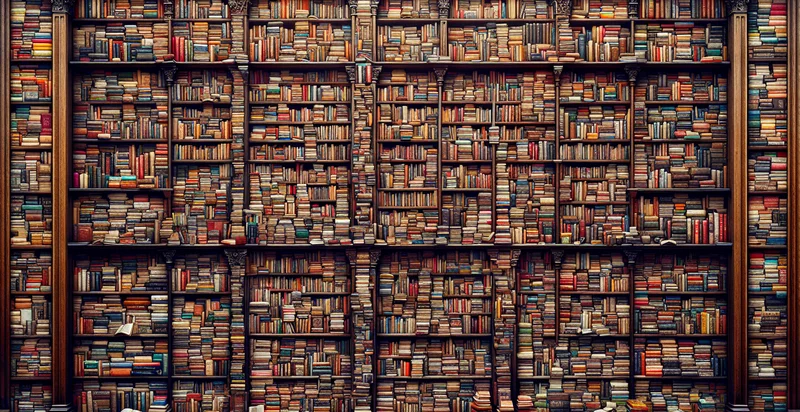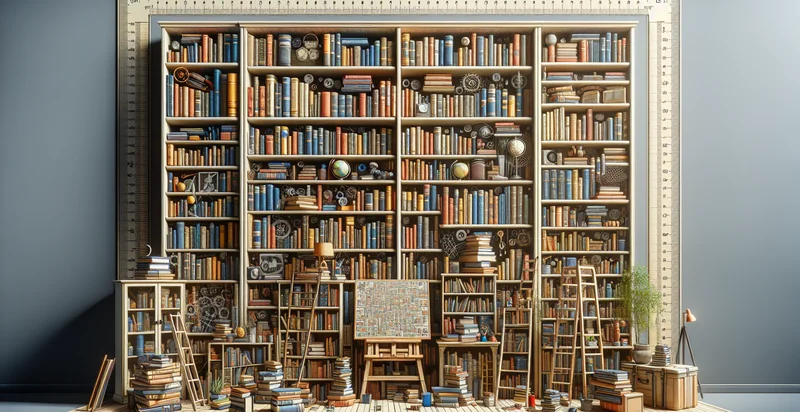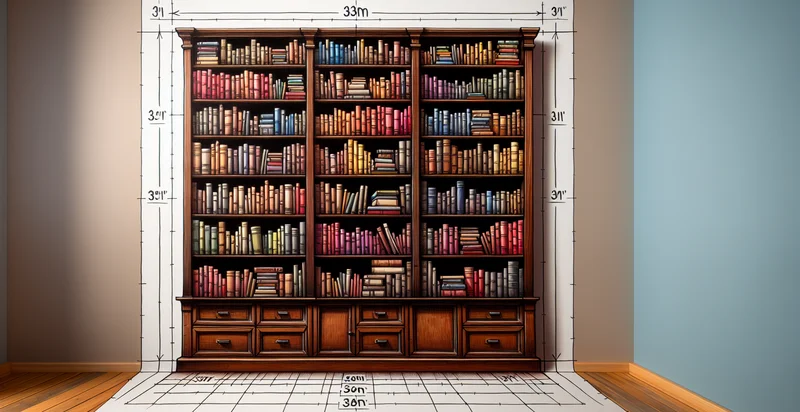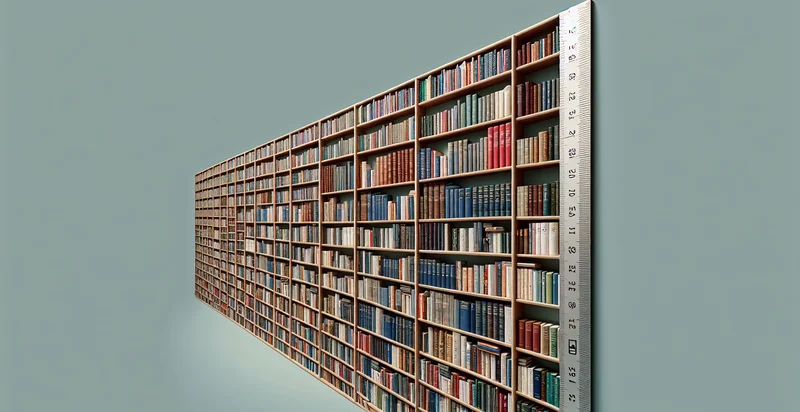Identify whether bookshelf is organized or not
using AI
Below is a free classifier to identify whether bookshelf is organized or not. Just upload your image, and our AI will predict if the bookshelf is organized or not - in just seconds.

Contact us for API access
Or, use Nyckel to build highly-accurate custom classifiers in just minutes. No PhD required.
Get started
import nyckel
credentials = nyckel.Credentials("YOUR_CLIENT_ID", "YOUR_CLIENT_SECRET")
nyckel.invoke("whether-bookshelf-is-organized-or-not-identifier", "your_image_url", credentials)
fetch('https://www.nyckel.com/v1/functions/whether-bookshelf-is-organized-or-not-identifier/invoke', {
method: 'POST',
headers: {
'Authorization': 'Bearer ' + 'YOUR_BEARER_TOKEN',
'Content-Type': 'application/json',
},
body: JSON.stringify(
{"data": "your_image_url"}
)
})
.then(response => response.json())
.then(data => console.log(data));
curl -X POST \
-H "Content-Type: application/json" \
-H "Authorization: Bearer YOUR_BEARER_TOKEN" \
-d '{"data": "your_image_url"}' \
https://www.nyckel.com/v1/functions/whether-bookshelf-is-organized-or-not-identifier/invoke
How this classifier works
To start, upload your image. Our AI tool will then predict if the bookshelf is organized or not.
This pretrained image model uses a Nyckel-created dataset and has 2 labels, including Organized Bookshelf and Unorganized Bookshelf.
We'll also show a confidence score (the higher the number, the more confident the AI model is around if the bookshelf is organized or not).
Whether you're just curious or building whether bookshelf is organized or not detection into your application, we hope our classifier proves helpful.
Related Classifiers
Need to identify whether bookshelf is organized or not at scale?
Get API or Zapier access to this classifier for free. It's perfect for:
- Home Organization Assistant: This use case involves developing a smart home application that uses the bookshelf organization classifier to help users maintain an organized living space. Users can take photos of their bookshelves, and the app will provide feedback on organization levels and suggest optimizations.
- Librarian Efficiency Tool: Libraries can utilize the classifier to assess their bookshelves' organization quickly. By scanning sections periodically, librarians can identify disorganized areas and prioritize re-shelving efforts, thus improving accessibility and efficiency for patrons.
- E-commerce Inventory Management: Online bookstores can implement this classification function to monitor the status of their inventory displays. By assessing whether bookshelves are organized, the system can facilitate timely stock replenishment and aesthetically pleasing displays to enhance customer experience.
- Book Donation Optimization: Nonprofit organizations can use this classifier to evaluate and sort donations by the organization of received bookshelves. This helps in determining which books can be easily cataloged and made available for distribution, ensuring a more streamlined process.
- Shelf Space Utilization Analysis: Retail businesses can leverage the classifier to analyze their shelf arrangements regularly. By identifying disorganized displays, they can optimize shelf space for better product visibility and sales performance, ultimately leading to increased revenue.
- Digital Personal Library Management: A digital library cataloging app can use the binary classification function to help users organize their personal book collections physically. By suggesting structural improvements based on images of users’ bookshelves, the app can help maintain an aesthetically pleasing and accessible collection.
- Interior Design Consultation: Interior designers can use the organized vs. disorganized indicator to assess clients' bookshelf arrangements as part of larger space evaluations. By understanding the organization levels, designers can provide tailored advice on improving both functionality and aesthetics in a living or working space.


